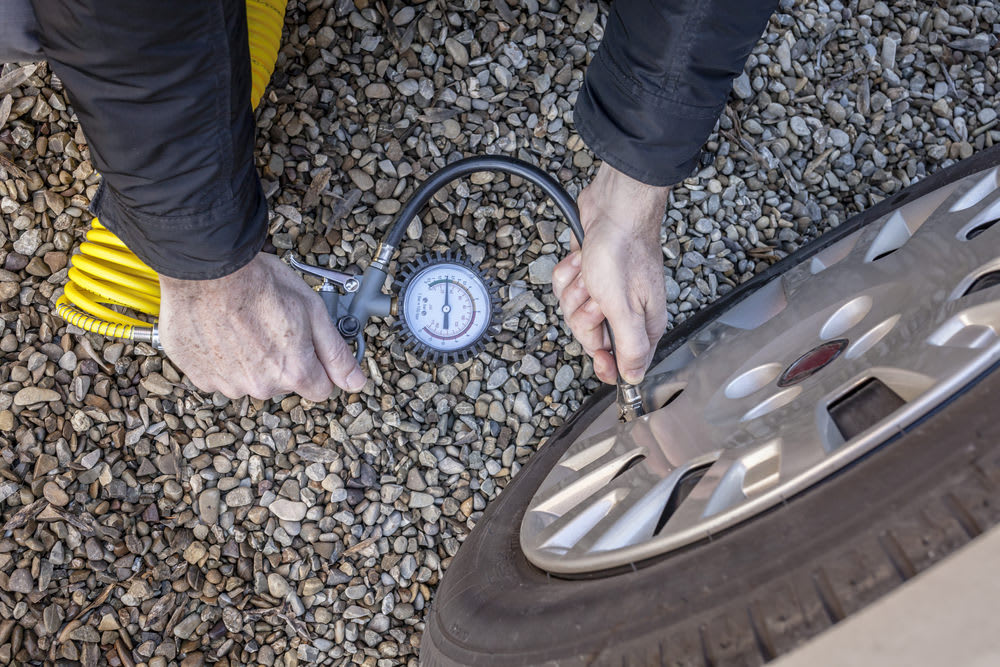

It is a common misconception that overinflating your tires will provide more responsive handling and greater fuel efficiency. In fact, over-inflation is detrimental to the tires and can be dangerous.
For the best handling and fuel efficiency, adhere to the manufacturer's optimum tire pressure. Your tire’s optimum pressure is specified by your car’s manufacturer. It is determined by a series of tests and analyses for each model, and takes into account several factors:
- Tire wear and tread life
- Driving comfort
- Fuel efficiency
- Handling
Exceeding the manufacturer's optimum tire pressure is not recommended for the following reasons:
Tires will wear out prematurely. When overinflated, your tires round out on the tread section, causing the center to wear significantly faster than the outer edges. Your tires might only last half the life they normally would.
Overinflation can cause loss of traction. Even in normal conditions, you are more susceptible to losing traction, spinning out or crashing. This is especially noticeable in winter weather.
Overinflation creates a harsher ride. Overinflated tires provide a bumpier ride, so you will feel every dip in the road.
For safety reasons, never exceed the maximum tire pressure embossed on the sidewall.



